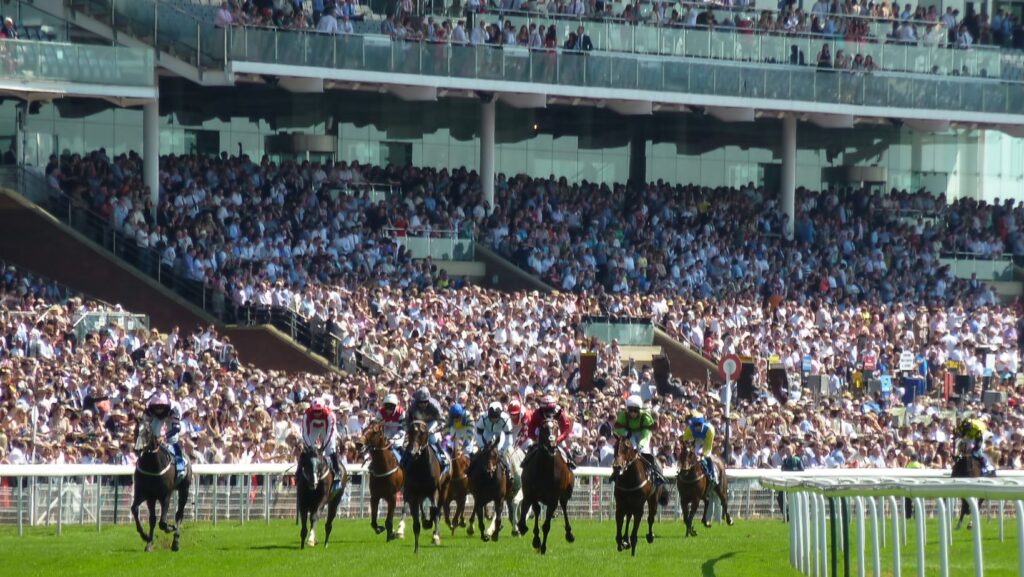Horse racing is thrilling because it can be so unpredictable – and punters could be in for some serious payouts if they know a bit about how to identify a winning horse before the race starts. Obviously, there’s no recipe guaranteed for success – or everyone would be doing it- but knowing things like form, pedigree, trainer statistics, track conditions, and race strategy can give you the best chance possible.
As horse racing solidifies its position in the modern betting arena, interest in race previews, pace analysis, and jockey performance continues to rise. Searches related to event breakdowns and wagering insights frequently mention süperbahis giriş, reflecting how enthusiasts explore information during major racing meets. With action sports gaining broader visibility and blending with traditional betting interests, many fans focus on track conditions, historical outcomes, and real-time data to guide their predictions. This growing demand for detailed analysis highlights the evolving landscape of digital engagement within horse racing and action-driven sports.
So, with that being said, here’s how to spot a winning racehorse.
Look at the Horse’s Recent Form
One of the first things to look at is its most recent performance because if it’s in good form, it’s more likely to do well in its next race.
- The Last Five Races: Look to see where it finished in its last 5 races. If it has made the top three consistently, it’s definitely in good form.
- Check Race Conditions: See whether those performances were run under similar track conditions. It may not do as well under very different conditions.
- The Margin of Victory (or Defeat): If it finishes second by a short distance, it could well be ready to win its next race.
- Consistency is Key: If they often finish near the front of the pack, it shows they’re reliable and a strong competitor.
The Trainer and Jockey Record
The trainers and jockeys also need to be considered because if it has a top trainer and an excellent jockey, it has a better chance of winning.

Look at things like the trainer’s record on that type of race, as well as the jockey’s success rate on that track (or similar tracks) – and the combination of the two – as some trainer-jockey partnerships always do well.
The Horse’s Pedigree and Breeding
A horse’s bloodline can tell you a lot about its ability and stamina.
Some sires produce horses that do super well at specific distances or surfaces – and often, a horse that’s been bred from a long-distance champion is more likely to do well in stamina-based races like the Grand National, Kentucky Derby, etc.
Then, there are some bloodlines that do better on dirt, while others are better on turf. If a horse’s parents did well on a certain type of track, it might well do the same.
The Horse’s Running Style
Every horse has its own racing strategy, and if you know the different styles, it can help you try to predict how the race will play out.
- Front-Runners – These take the lead early on and try to keep it. They don’t usually fare as well in long-distance races.
- Closers – These are the ones that start slow but finish strong. They can be very dangerous in a fast-paced race, where early leaders are starting to tire out.
- Stalkers – These are the ones that run just behind the leaders and wait for just the right moment to strike – and tend to do well in balanced races.
If it’s a fast race pace, then going for a closer might be good, but if there’s not much competition for the lead, a front-runner could be the one to go for, added HorseClicks, who offer listings for all types of horse breeds from sellers across the country.
Track Conditions and Weather
Different horses do better in different track conditions and weather patterns. Some horses like the feel of dry, firm ground, while others like a soggy, rain-soaked track. Moreover, there are different types of tracks – dirt, turf, and synthetic surfaces- so look to see what type of surface it seems to prefer.

Also, check the weather because things like rain, wind, and extreme heat can have a huge effect. See how well the horse normally does in these situations. Also, look at how the horse behaves just before the race starts, as this could show whether it’s uncomfortable, fidgety, or focused.
Compare the Betting Odds and Watch for Market Movements
Betting odds can tell you a lot. For example, if you’re betting on the Irish Grand National, look at the Irish Grand National odds at Boylesports, and you’ll get some idea of how they’re expected to do.
Generally, although favorites are not guaranteed, they do win 30-35% of the time. However, if you notice that a horse’s odds have shortened dramatically just before the race, it could be that insiders are confident it will do well. However, you need to avoid over-hyped horses, as sometimes, the public can drive the odds lower on a popular horse, even if its chances aren’t that great. It’s better to look for value bets instead.
So, hopefully, that gives you some insights on how to spot a winner. There’s no guarantee, but you can give yourself the best chance!

